How to use AI-powered tools for User research, ideation, designing wireframe, prototype etc.
Explaining Generative AI concepts and Tools for Designers to generate image, text, video & audio from simple text prompt.

This is Part 2 of our series UX and AI, In Part 1 (Design for AI) we focused on “How to use UX design principles to build an AI product”
Here we are going to discuss on Deign with AI — How to use AI tools to enhance and faster the UX design process.
In this article we discuss —
1. What is Generative AI
2. Where to use Generative AI?
3. How Does Generative AI Work?
4. Examples of generative AI
5. Use Generative AI in User research, Ideation, UI design etc.
What is Generative AI?
The Ocean of Creative Content Generation
Generative AI generates new and original content like text, images, audio, video, abstract art, and even code from the input (prompt entered by a user). It follows the concept called “Intent-Based Outcome” means instead of providing command and get output, user can describe the intention (what they want) and AI system response with the output. The more concise the intention the more accurate the output is.
Technically Generative AI use neural networks (deep learning models), LLM (Large Language Model) to identify the patterns and structures learned from massive amount of existing data to generate new and original content. To be more specific it uses unsupervised and semi-supervised machine learning algorithms.
On the other hand, Traditional AI algorithms may be used to identify patterns within a training data set and make predictions,
Whereas Conversational AI use NLU (natural Language Understanding), it takes on tasks like speech recognition and intent recognition enabling systems to understand content, tone, and intent, and generates human-like responses as an output.
LLM is trained on an enormous amount of general knowledge and use them to produce text, image. The answer is more generic.
NLU is used to understand the context and intention more naturally like a human. It acts as an subject matter expert, who is trained on a specific subjects.
Where to use Generative AI?
We can use Generative AI for Digital Marketing (social media, Advertising, Marketing, Branding), Gaming, Film, audio, video editing, compositing, copy writing, art, product design, research, language translation, idea generation etc.
How Does Generative AI Work?
Generative AI models are fed vast quantities of existing content to train the models to produce new content. They learn to identify underlying patterns in the data set based on a probability distribution and, when given a prompt, create similar patterns (or outputs based on these patterns)
Generative AI uses a neural network, inspired by the neurons in the human brain to handle more complex patterns from existing vast data.
3 Factors behind Generative AI
Large Dataset — it leverages large and diverse dataset, which learn pattern.
Computational Power — It need to access to cloud computing. It should use open-source software and hugging face (AI community building the future).
Innovative model– Generative AI leverages advanced techniques like GANs (generative adversarial networks), VAEs (Variational Auto-encoders ), transformers and Reinforcement learning from human feedback (RLHF) to generate content.
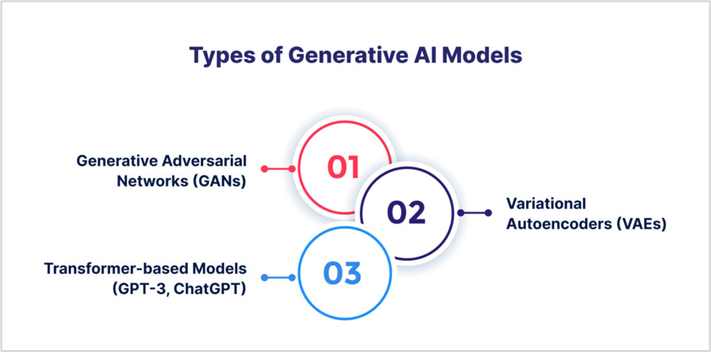
More detail about types of Generative AI model.
Generative Adversarial Nets (GAN) — This is a neural network that uses two neural networks known as a generator and a discriminator to generate an output such as texts and images. Generator generates output such as an image based on a prompt, while the discriminator acts as a judge to evaluate the authenticity of that generated data compared to real data and decides if it’s real or fake.
Both DALL-E and Midjourney are examples of GAN-based generative AI models.
Transformer — This is another type of neural network that works by storing any sequence of data into another sequence, which can then be used by a decoder to reproduce the original data sequence.
ChatGPT-3 and Google Bard are examples of transformer-based generative AI models.
Variational Auto-encoders (VAE) — VAEs are neural networks that learn to encode and decode data. It is used to generate new content, detect anomalies, and remove noise. The approach is particularly valuable in image and audio synthesis.
Examples of generative AI
Text Generator

ChatGPT: An AI language model developed by OpenAI that can answer questions and generate human-like responses from text prompts.
Google Bard: Google’s generative AI chatbot and rival to ChatGPT. It’s trained on the PaLM large language model and can answer questions and generate text from prompts.
Image Generator
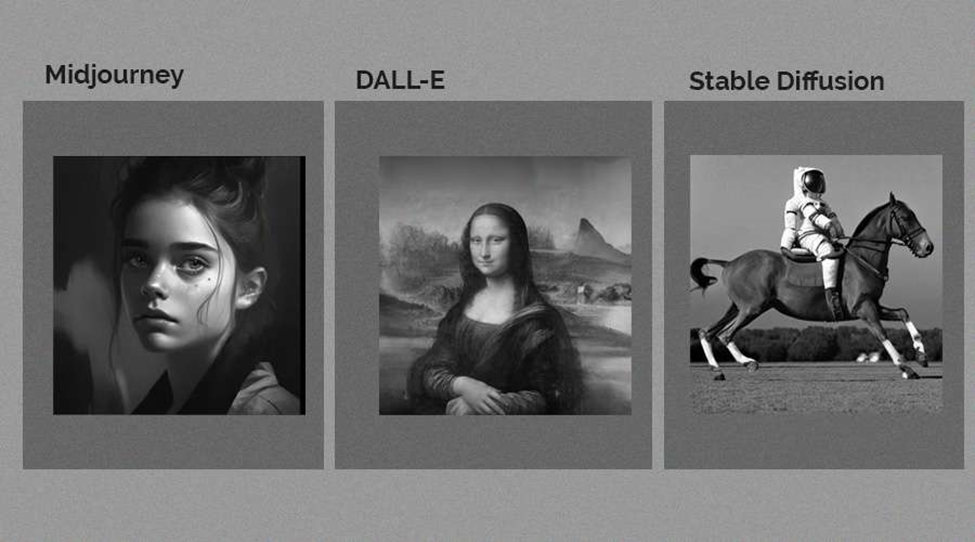
Midjourney: Midjourney is an AI-based image generation tool that uses a text-to-image model means the AI model interprets text prompts to produce images and artwork.
DALL-E 2: Another AI model by Open-AI that can create images and artwork from text prompts.
Stable Diffusion is a latent text-to-image diffusion model capable of generating photo-realistic images given any text input, cultivates autonomous freedom to produce incredible imagery, empowers billions of people to create stunning art within seconds.
Adobe Firefly is a fast, intuitive way to create AI-generated art in a variety of styles. It lets you create detailed, stylish images with a text prompt.
Lensa is an all-in-one image editing app that takes your photos to the next level. Improve facial retouching with a single tap of Magic Correction.
Videos Generator
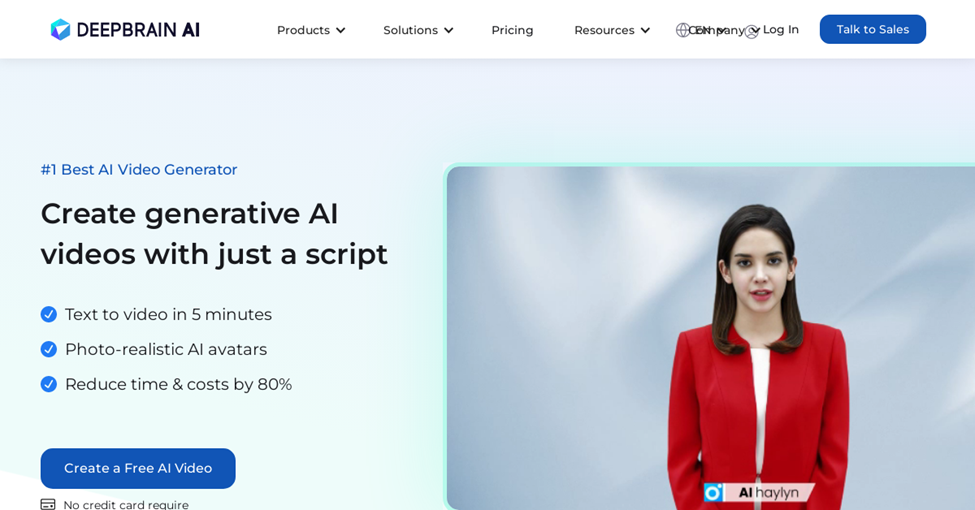
DeepBrain– A best web-based platform for creating videos with AI avatars. AI avatar video generation platform with ChatGPT. Simply prepare your script and get hyper-realistic Avatar/ChatGPT-powered AI Videos for your business.
Elai -Build AI-powered training videos with a presenter in minutes without using a camera, studio and a green screen.
GliaStudio is an AI-powered innovative platform that empowers teams to generate video in minutes. It provides a smart video creation experience for publishers, marketers, and bloggers with little to none video creating expertise.
Lumen5 is a video creation platform designed for brands and businesses to produce engaging video content for social posts, stories, and ads.
Synthesys is a versatile AI content suite, It can be used to create compelling video ads, engaging training materials, and interactive e-learning modules.
HitPaw Video Editor allows you to split videos, rotate, zoom in or zoom out, change video speed, separate video and audio, etc. with its ease-to-use tools. Moreover, unlimited tracks in the timeline allows you to create awesome videos as you want and connected elements improve your editing efficiency.

D-ID — a digital people platform, Create and interact with talking avatars using Generative AI via D-ID’s API or Creative Reality™ studio.
Rephrase Studio is a text-to-video generation platform that eliminates the complexity of video production, enabling you to create professional-looking videos with a digital avatar in minutes.
Runway offers AI-powered image and video editing and generation tools which is used to tell stories. It automates or enhance the editing process. This enables artists with little prior experience to create content that would once have required expensive software or talent.
Audio Generator
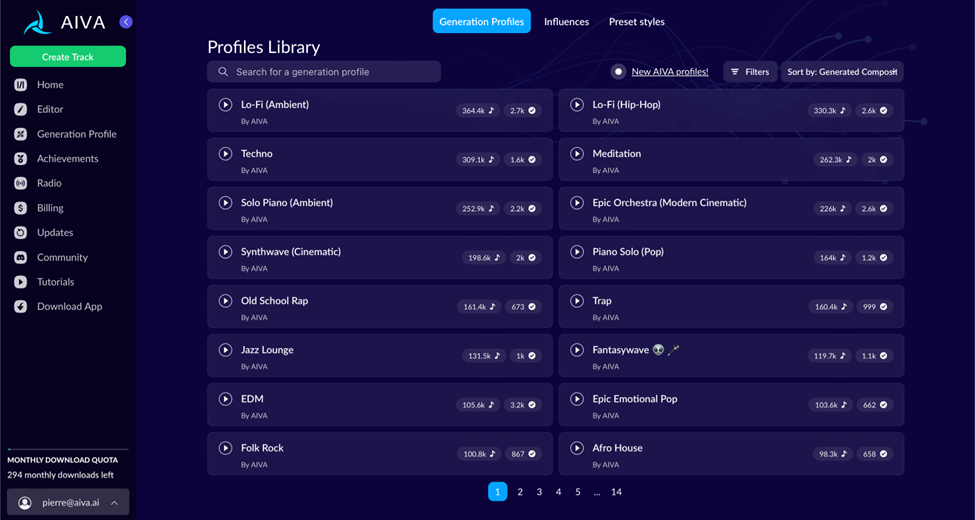
AIVA is an AI music generation assistant that allows you to generate new songs in more than 250 different styles, in a matter of seconds. Create your own style models. Upload an audio or MIDI influence. Edit your generated tracks.
Soundful is an AI Music Generator platform that enables content creators and music artists to create unlimited tracks and monetize music.
Soundraw is an AI music generator that allows you to create and compose original, royalty-free music which you can use to elevate your content or projects.
Boomy is an AI-powered music generator tool that helps individuals to create original music using artificial intelligence. For individuals without any prior experience in music production, this AI song generator makes it incredibly easy to compose instant music in a matter of seconds.
Data Augmentation
It is a process of generating new training data by applying various image transformations such as flipping, cropping, rotating, and color jittering. Application.
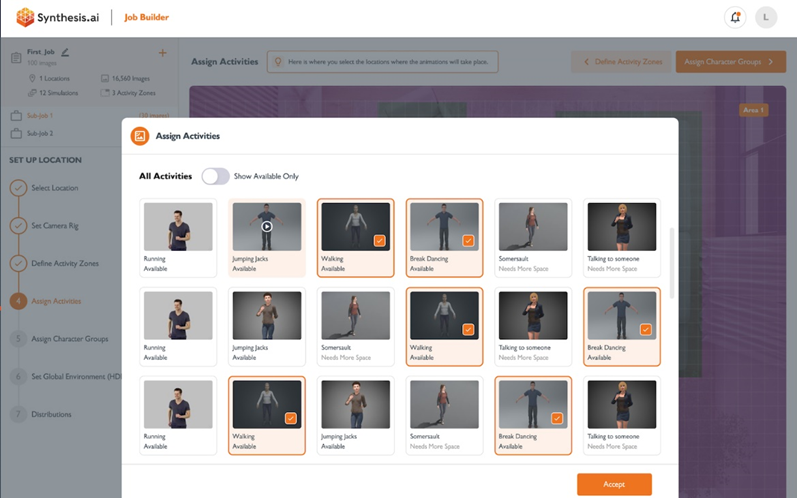
Synthesis AI simplifies the process of building and optimizing machine learning models by providing a platform for creating AI models using automated machine learning techniques.
Writing Assistants or UX writing
Writefull’s AI helps you write, paraphrase, copyedit, and more. It is automated writing and proofreading for academics, using the most advanced AI.
Writesonic is an AI-powered writing tool content writers use to increase productivity, overcome writer’s block, and improve writing skills. It offers concise feedback, generates article ideas, outlines, and summaries, and helps create high-quality content, including SEO meta-descriptions, blog posts, and ad copies.

Copy AI is an artificial intelligence writing tool that uses machine learning to generate various types of content, including blog headlines, emails, social media content, web copy, and more.
Anyword is an AI writer that generates high-quality content and copy of all kinds, including long-form articles, blog posts, ad copy, social media posts, and so much more.
Jasper AI is an AI writing tool that helps you easily create content. You only need to provide simple inputs, and Jasper will generate original, high-quality content. Jasper can be used to develop various content, including blog posts, product descriptions, marketing copy, and more.
Using generative AI in UX design
Use Generative AI to automate the design tasks, personalize user experience, improve usability testing, increase creativity, generate ideas and generate UX copy.
Below are a few details examples of how to use AI in various phases of Design.
Let’s start with ChatGPT — UX research.
ChatGPT help user researcher to
- Generate user profiles or personas.
- Write product and design briefs, identify markets
- Create research plans, analyze data.
- Create design ideas and create more effective designs.
- Gain deeper insights into their users.
Otter allows you to record conversations, get real-time streaming transcripts, and within minutes it creates searchable notes with text, audio, speaker ID, and key phrases.
Generate a summary in real-time during a live event, meeting, or conversation allowing participants to quickly grasp key points and important information as they unfold. Turning conversations into notes. Transcription Tools & Qualitative Data in UXR
User research platform to streamline your UX research analysis by auto-generating transcript, call recording, note-taking, analysis and provide insights. It allows teams to set up and conduct user interviews, uncover pain points & competitor insights, and align on the right product decision.
Based on your input, it generates cards to build a persona with user goals, needs, motivations, frustrations and tasks. Or it can help you identify challenges, risks and key elements for your design brief. Persona generation, journey mapping, Affinity mapping etc.

It is an AI-powered tool designed to assist designers in the user research and discovery phase to save time and effort. It generates cards to build a persona with user goals, needs, motivations, frustrations, and tasks. It is used for Persona generation, journey mapping, Affinity mapping.
Synthetic users are artificial or computer-generated entities designed to replicate human user behavior and interactions in various contexts, such as user research, testing, or product development.

You can use artificial intelligence (AI) to create synthetic users. These fake users can copy real users’ actions and preferences, which provides useful information without needing real people.
Use User doc AI to generate mind blowing user stories, acceptance criteria, personas, and user journeys. It Manages software dev requirements.
Upload your data and access tools like prediction, text analysis and more to drive organizational improvement. Research AI helps designers identify which features users use the most, which pages they visit the least, and how long they spend on different parts of the website or application.

Notably is an AI-powered research enablement platform that provides is an all-in-one research platform designed to help researchers streamline their qualitative research process using artificial intelligence (AI) capabilities.
Kraftful’s intuitive platform makes it easy to instantly translate volumes of user feedback into actionable insights. Best for product market fit.
SmartOne (best for Sentiment and intent analysis) conducts sentiment analysis of users’ discussions on social media channels and forums — and turns those sentiments into actionable insights.
It accurately transforms your audio, text document and any integrated text content into high quality training data to power your conversational and intent detection models. Designers can create data-driven user personas in seconds by providing them with valuable user insights.
Replace time-consuming Eye Tracking studies with Attention Heatmaps and preference testing with our Clarity Score. VisualEyes makes it easy to generate user insights with the touch of a button.
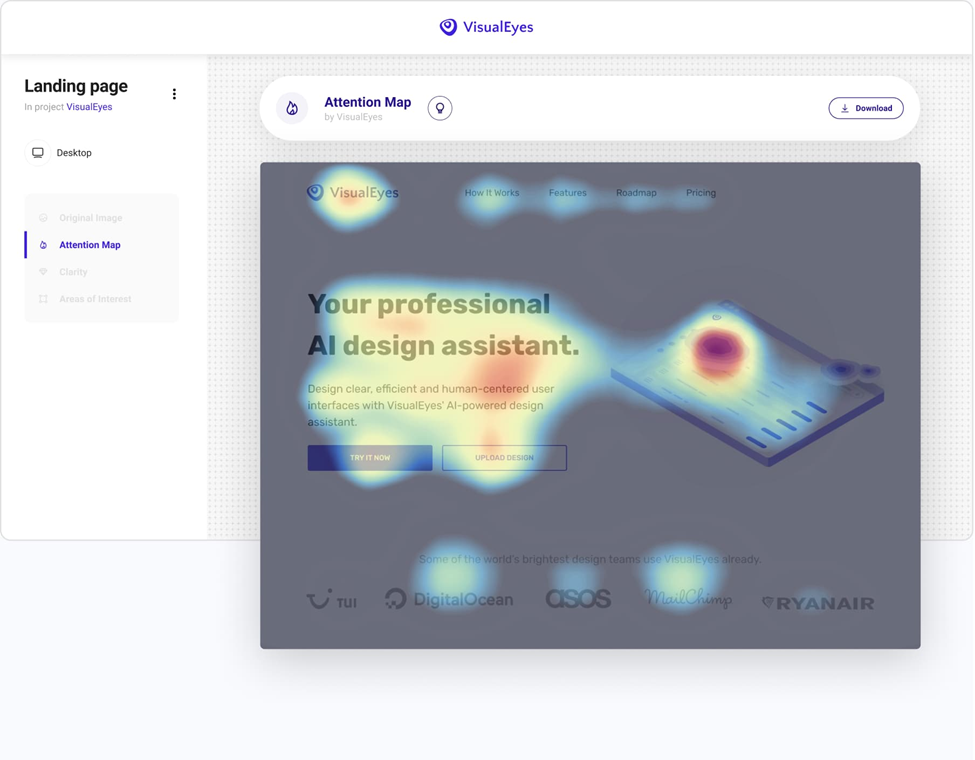
User Evaluation is an AI-powered platform that quickly and accurately unlocks valuable insights from your data. By leveraging the potential of AI, you can gain a deeper understanding of your customers and their preferences. It allows you to generate interview summaries, trend analysis reports, and streamlines the research writing process in minutes.
Attention Insight Heatmaps | AI-Driven Pre-Launch Analytics
Attention Insight is a pre-launch analytics tool that enables marketers and design teams to improve design performance. The AI-powered algorithm assesses design element visibility with 90% accurate heatmaps compared to real eye-tracking studies but without data collection.

Validate your concepts for performance during the design stage with AI-generated attention analytics. The Attention Insight platform has multiple features that enhance your decision making process such as Heatmaps, percentage of Attention, focus Map, clarity score, Design comparison etc.
Diffblue is another AI automated tool that uses machine learning to create tests. It’s one of the best UI/UX testing tools for developers since it can analyze codes and generate tests. Also, it can identify potential issues that can affect any user’s experience.
Testim is another UI/UX testing tool that can identify critical elements in any web application interface. It generates tests that analyze all user’s interactions and their behavior. It is an excellent tool for testing the user’s experience of any web application. Meanwhile, it shows potential issues like slow loading times, etc.
Applitools is an AI tool that uses machine learning to detect visual problems in mobile and web applications. It’s compatible with modern web applications and can detect visual issues. Also, the tool uses AI algorithms to analyze visual elements and compare them for results. The tool’s algorithm also identifies color, font, and layout issues. It can also detect errors related to missing buttons and bugs.
Now look into User behavior analytics tools — It reveal all user’s and visitors’ actions as they interact with the product. When businesses face low conversion rates or low sales on their services, these tools help to uncover what goes wrong and how they can fix the issues.
- Google Analytics — provide insights into customer behavior
- Mixpanel — Best for in-depth reporting
- Hotjar — Best for all-in-one user behavior analytics
- Userlytics — Best for easy user experience testing
- Pendo — Deploy customer onboarding and retention tools
Brainstorming & Idea generation
ChatGPT is an essential tool for idea generation in innovation. Incorporating ChatGPT into this process can spark creativity and lead to novel perspectives and diversified solutions. Please refer this link to get prompts for ideation
Miro AI–
Enhance creativity, streamline workflows and make better & faster decisions. It Automatically generate mind maps, transform ideas into diagrams, or cluster information.
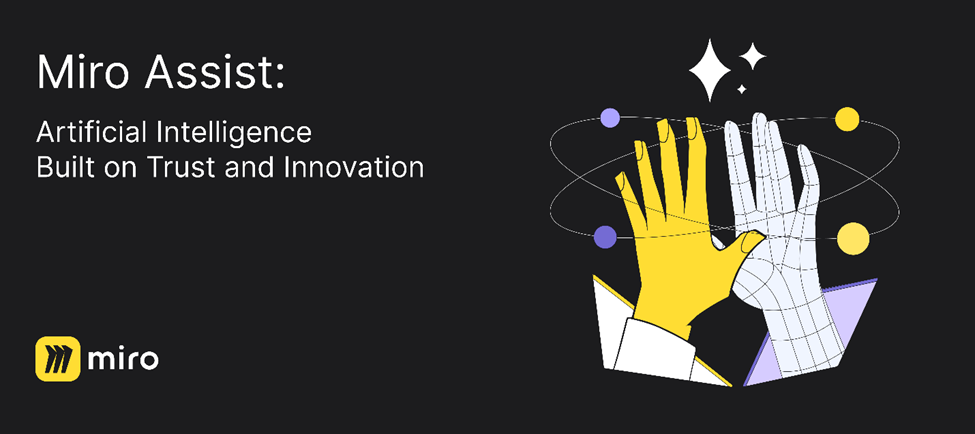
DALL-E2 is an AI system that can create realistic images and art from a description in natural language. It turns your imagination to reality by providing the AI Generated design idea with four variations.
Refer The DALL·E 2 Prompt EBook
Gitmind — A new generation of free collaborative mind mapping software for brainstorming and idea co-creation, stimulating the flow of ideas and allowing wisdom to spring forth organically.
Seenapse is a unique combination of human lateral thinking and AI’s speed that allows you to generate hundreds of divergent, creative possibilities in minutes.
Design- UI Design, Visual Design
Brainpool: Automating Design Workflows, involve many repetitive tasks, such as resizing images or creating wireframes. It can be used to automatically generate wireframes based on user data, or to resize images based on screen size, making the design process faster and more efficient.
Visily is a wireframe tool that swiftly transforms screenshots, templates, or text prompts into editable wireframes and prototypes, powered by AI.

Adobe Sensei is a powerful technology that can streamline the workflows from ideation to production by automating time-consuming tasks, gaining better control of processes, and providing more intelligent recommendations.
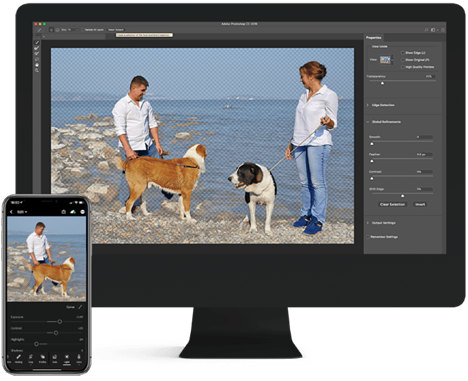
It can help you with tasks like image editing, video editing, and document management. It can also assist you with tasks like font, color selection, or object recognition. Adobe Sensei helps you work smarter, not harder.
Uizard is a rapid, AI-powered UI design tool for designing wireframes, mockups, and prototypes in minutes. Uizard’s easy-to-use drag-and-drop editor and its AI features help users design and prototype user interfaces for web and mobile applications.
Uizard’s powerful AI capabilities can assist with a wide range of tasks from heatmap prediction, text generation, and UI theme creation.

Uizard’s powerful AI capabilities can assist with a wide range of tasks from heatmap prediction, text generation, and UI theme creation.
Galileo is a design tool that uses AI to instantly create editable UI designs from a simple text description. It can also populate designs with AI-generated illustrations and images to match a user’s vision and style, as well as provide full product copy.
Here is video on how to Generate User Interface Design With AI from TutorialsHub
Others — Visual Enhancer
Color
Khroma — It uses AI to learn which colors you like and creates limitless palettes for you to discover, search, and save.
Enhance Visual
Topaz Photo AI — Sharpen, remove noise, and increase the resolution of your photos with tomorrow’s technology.

Colorize Video Online with AI — Convert B&W videos to vibrant, modern-looking videos using unique neural.love’s AI colorization model

End the end let’s explore some figma AI plugins: below are the lists
Wireframe Designer — AI-powered wireframe generator used to produce wireframe by using text. Describe your vision, design with a single click!
Builder.io — AI-Powered Figma to Code
Use AI to generate clean, responsive code from Figma designs in real-time.
Magician — A magical design tool for Figma powered by AI. It includes
Magic Icon — Text to AI-generated vector icon
Magic Copy — Generate AI-suggested copy
Magic Image — Text to AI-generated image

MagiCopy — AI Text Generator
Generate marketing copy for landing pages or landing pages in 14 languages!
Ando — AI Copilot for Designers
Ando AI helps you generate millions of design ideas from prompts, shapes, and images.
Final Thoughts:
AI Won’t Replace Human, But Human + AI will definitely make wonders…
Please refer my article on Design for AI
Focused on “How to use UX design principles to build an AI product”
Next story — Product Design Strategy & Framework. Stay tuned!
Deign with AI was originally published in UX Planet on Medium, where people are continuing the conversation by highlighting and responding to this story.